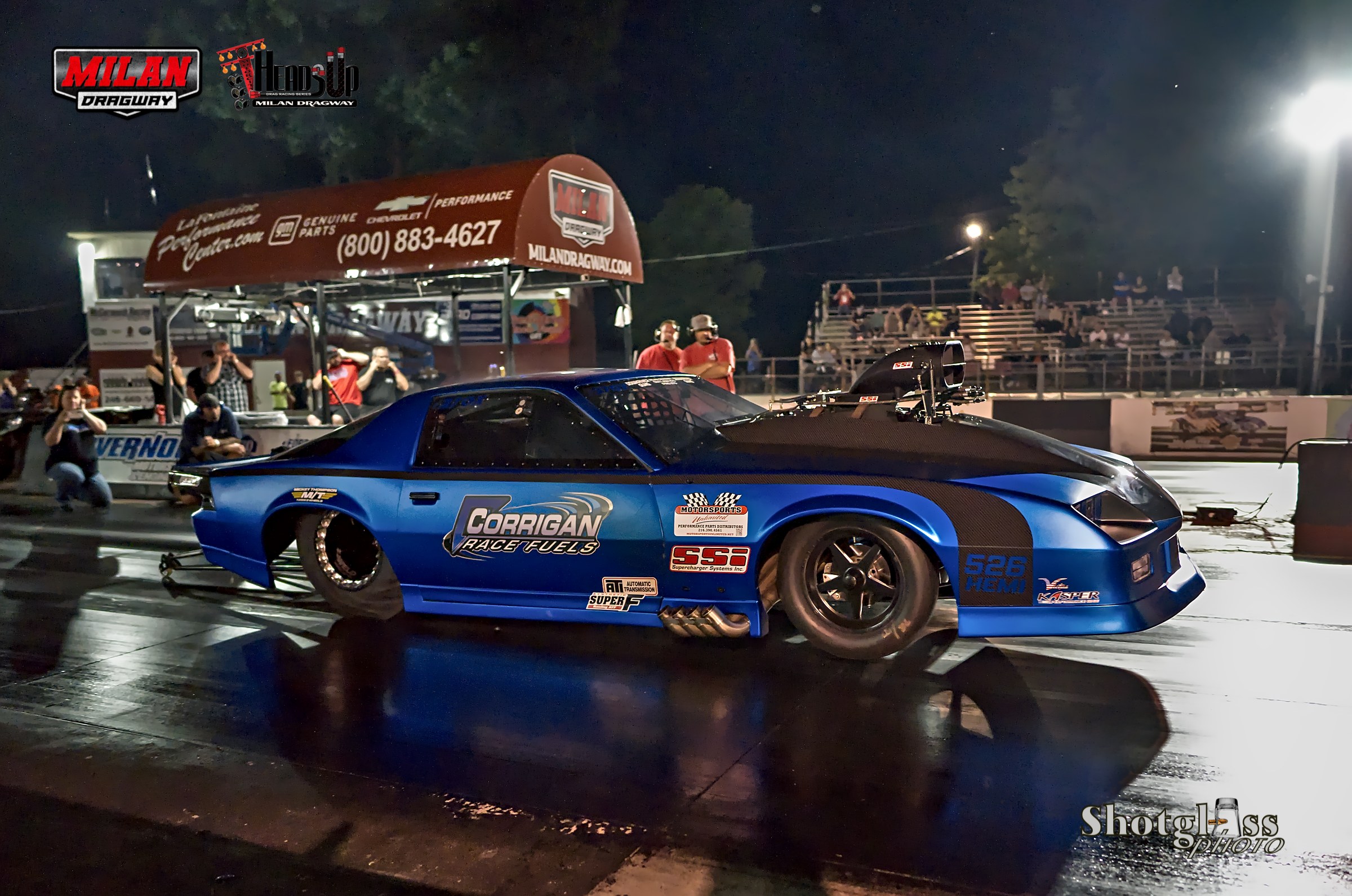Site Supporter
- Followers
- 21
- Following
- 1
- Joined
- Oct 22, 2021
- Posts
- 4,944
- Likes Received
- 3,821
- Name
- Tim
- Country
- United States
- City/State
- SE Michigan
I shoot at ISO 8000 and above way more than I like. The new A9III is supposed to be a low-light monster, but if the rest of the features don't fall in line, then I am probably just going to suck it up and get an A1.
I do a LOT of research and sometimes I let numbers get in my way. Looking at charts, the A1 isn't as good in low light as my current cameras, the A7 IV and the A7R III. The differences appear to be minimal, but I fret over them nonetheless.
Rather than wonder or dig through countless internet photos looking for high ISO shots, how about you folks post some? Looking for anything clean from 3200 and up.
The 'displayed' exif was stripped from this first image due to the process of NR in Affinity>PNG>then processed in DT. If you want to click through to Flickr and click on 'show exif', it's there. For those who don't care to, this was at ISO 12,800 with a shutter speed of 1/1000. Obviously low artificial light.
 DSC05171 by Shotglass Photo, on Flickr
DSC05171 by Shotglass Photo, on Flickr
ISO 8000:
 DSC04129 by telecast, on Flickr
DSC04129 by telecast, on Flickr
ISO 10000:
 DSC04207 by telecast, on Flickr
DSC04207 by telecast, on Flickr
ISO 16000:
 DSC04264 by telecast, on Flickr
DSC04264 by telecast, on Flickr
There are things that could be done to reduce ISO, like a tripod, faster lens, etc. but the question for the purposes of this thread is how the A1 performs at higher ISO, under similar circumsances as shown above. I've never shot above 16000 and rarely do even that, but anything is possible.
I do a LOT of research and sometimes I let numbers get in my way. Looking at charts, the A1 isn't as good in low light as my current cameras, the A7 IV and the A7R III. The differences appear to be minimal, but I fret over them nonetheless.
Rather than wonder or dig through countless internet photos looking for high ISO shots, how about you folks post some? Looking for anything clean from 3200 and up.
The 'displayed' exif was stripped from this first image due to the process of NR in Affinity>PNG>then processed in DT. If you want to click through to Flickr and click on 'show exif', it's there. For those who don't care to, this was at ISO 12,800 with a shutter speed of 1/1000. Obviously low artificial light.
 DSC05171 by Shotglass Photo, on Flickr
DSC05171 by Shotglass Photo, on FlickrISO 8000:
 DSC04129 by telecast, on Flickr
DSC04129 by telecast, on FlickrISO 10000:
 DSC04207 by telecast, on Flickr
DSC04207 by telecast, on FlickrISO 16000:
 DSC04264 by telecast, on Flickr
DSC04264 by telecast, on FlickrThere are things that could be done to reduce ISO, like a tripod, faster lens, etc. but the question for the purposes of this thread is how the A1 performs at higher ISO, under similar circumsances as shown above. I've never shot above 16000 and rarely do even that, but anything is possible.
